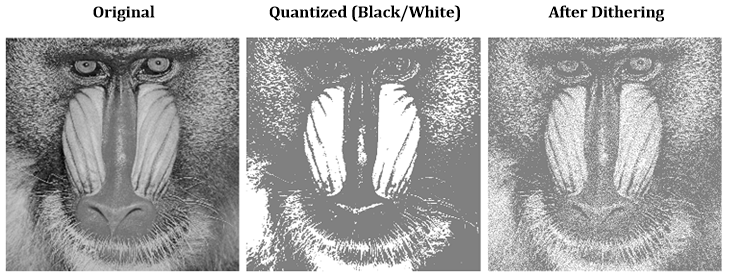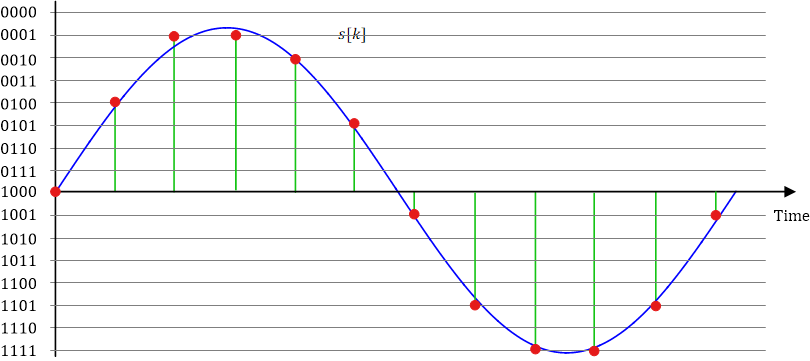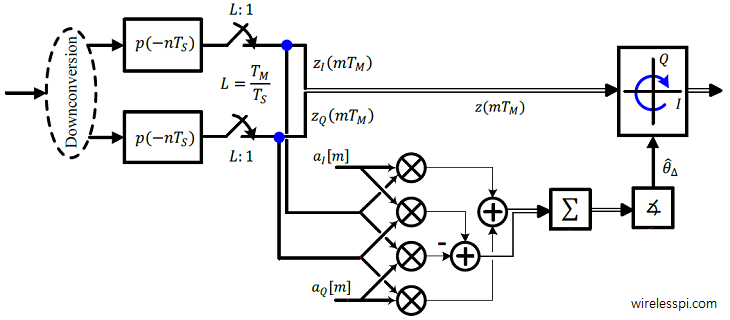Noise is usually considered the main enemy in all DSP applications. As David Tse once said: “Noise is the reason for our existence (communication engineers)!” This short article briefly describes why noise sometimes plays a positive role, e.g., in the context of analog-to-digital conversion when the signal is very weak. Introduction Noise is the enemy to be conquered, particularly in communications and radar systems. In a noise-limited regime, we hit a performance brick wall due to the presence of noise. Think of parameter estimation in which the primary criteria is to establish a certain performance against a target signal-to-noise ratio.
Continue reading



